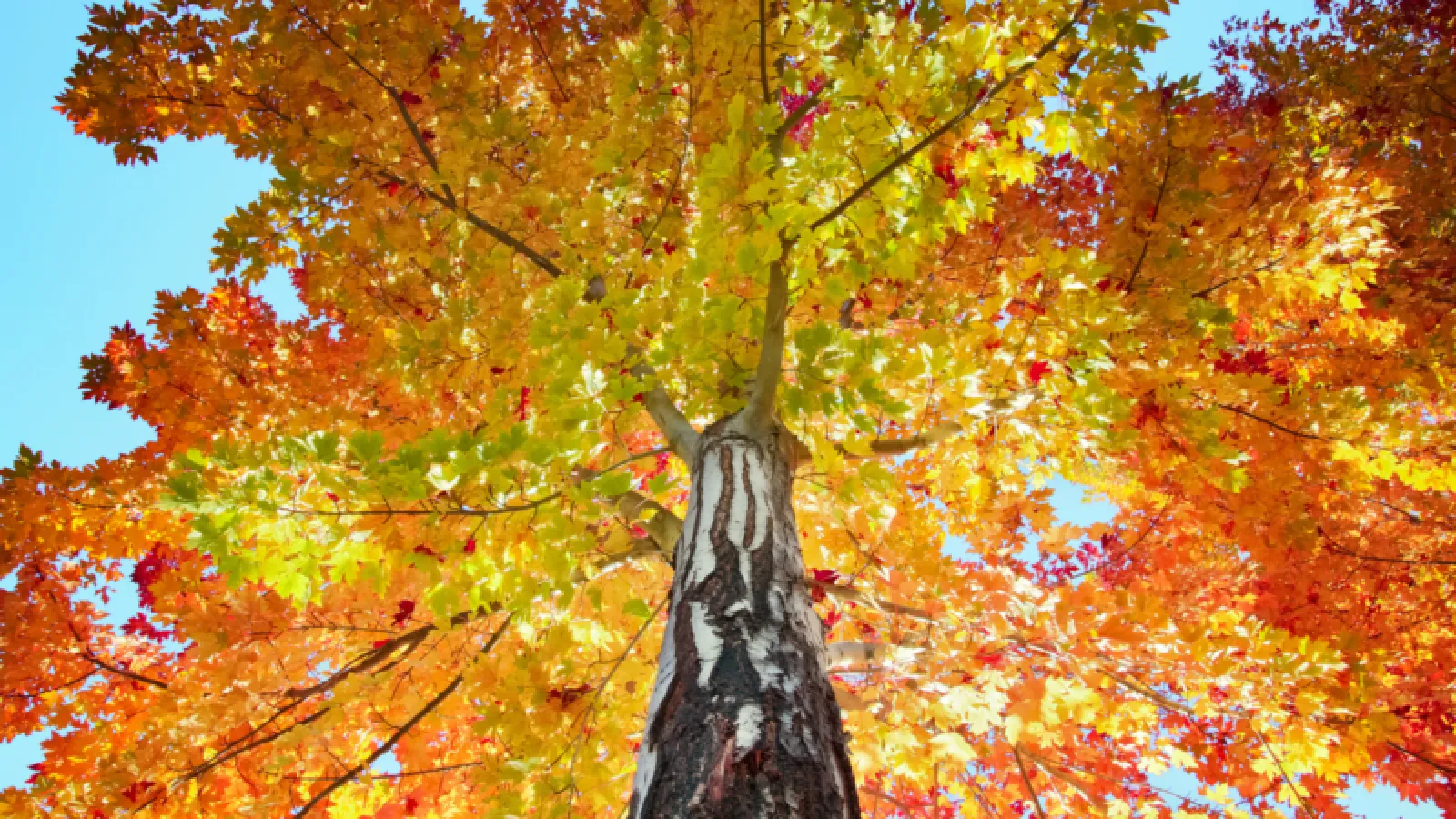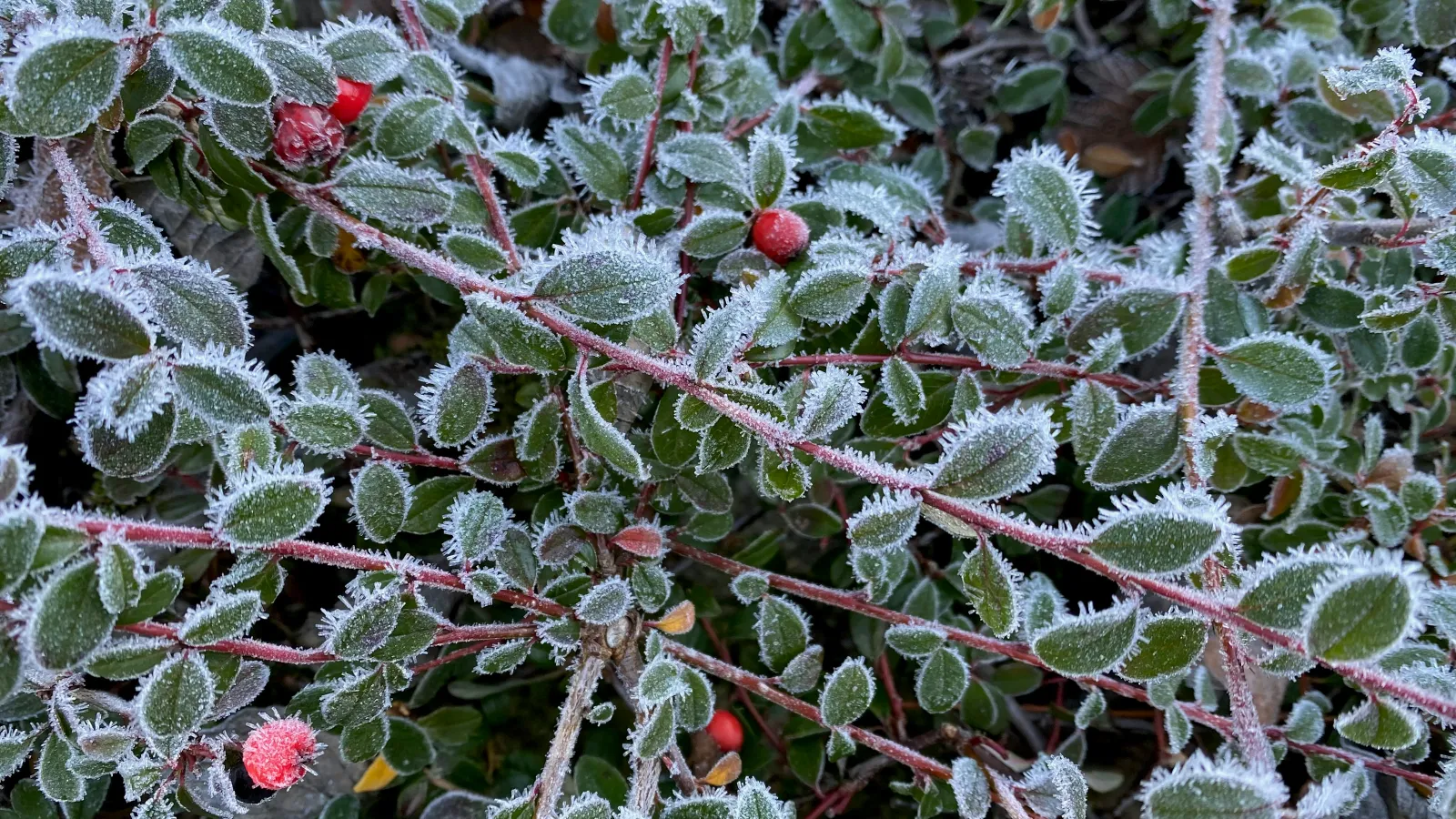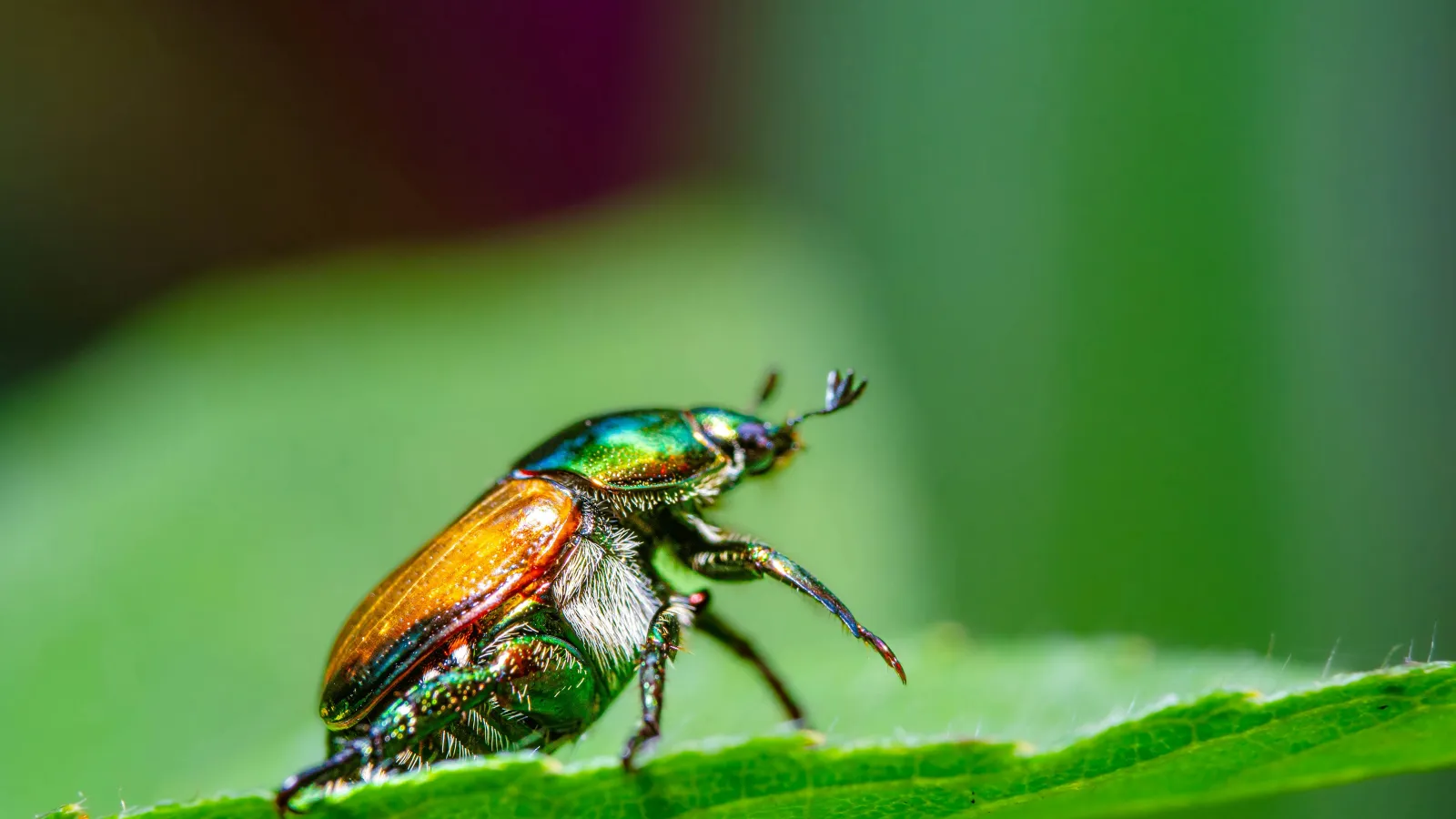
Fall Tree & Shrub Care
Having a beautiful lawn is something most homeowners have some sense of pride in. From weed control and fertilization to aeration and seeding, lawn care is an important part of landscape management. But many homeowners forget about their trees and shrubs. Although ornamental trees and shrubs enhance the overall beauty of a landscape, professional care is often overlooked. We have some tips and reasons why winter and fall tree and shrub care is vital for healthy plants.
Why fertilize?
Plants that grow in forests and woodlands get all their nutrients from undisturbed soil rich in organic material like decomposed leaves. It's a bit different for shrubs and trees in residential landscapes. Most of these plants require some amount of supplemental fertilization. To ensure a long, healthy life for your trees and shrubs, having professional care is a must.
When to fertilize
Fall is one of the most important times for your trees and shrubs. The combination of warm soil and cool air stimulates root growth in preparation for colder weather. The plant requires less energy and shifts its focus to root development. Fertilizing the plants at this time assists in building stored nutrients (aka energy) to get through winter. Although above-ground growth slows in the winter, the plants' roots never sleep.
This is one of the reasons we apply our custom-blended, slow-release fertilizer in late fall. The roots are better able to absorb the nutrients and apply them to important health-promoting functions such as disease and drought resistance because the plant is not focused on active growth. Any excess nutrients are stored in the roots and become available when needed for new growth the next spring.
Benefits of fall fertilization
There are many benefits of fertilizing in the fall.
- Straight to the roots. When you fertilize in the fall, the nutrients go to the roots as opposed to the leaves. We typically pay more attention to what's above ground because that's what we can see; however, roots are vital to the plant, and after a hot summer, they deserve a little pampering.
- Vibrant colors. By having professional tree and shrub treatments, your shrubs will get the nutrients they require to produce beautiful, long-lasting foliage. When a plant doesn't get adequate nutrients, the leaves can become weak and die even before they have a chance to turn color and fall naturally.
- Quicker green up. Plants fertilized in late fall, and are on a routine fertilization program, will green up earlier in the spring, be more resistant to disease, and stay healthier throughout the year.
If your shrubs and trees are causing more trouble than they're worth, there's a problem. The health of your ornamental trees depends on key nutrients. As those nutrients are lost, your tree may become susceptible to disease or insects. Often, these problems go unnoticed. And hundreds of insects and diseases can infest ornamentals in the southeast.
Fall care tips
As a homeowner, there are tasks you can complete to complement your professional plant care.
- Prune and remove dead limbs or limbs hanging to the ground.
- Rake and remove any loose leaves and debris.
- Plant new plants or transplant established ones in the fall. With cooler temperatures, there is less chance of the tree dying from sun scorch or drought.
- Apply 2-3 inches of mulch around the plant base. Mulching insulates the plant's roots and helps protect against cold weather. It also helps the plants retain moisture and nutrients.
While some people assume that shrubs and trees are self-sustaining, the truth is they require regular care, just like your lawn. Remember, fall tree and shrub care is vital for healthy plants. Plant care by professionals, coupled with proper care by the homeowner, will help your trees and shrubs live a long, healthy life and bring beauty to your landscape Contact Turf Masters about our Tree & Shrub Care Program today and protect all of your landscape.

